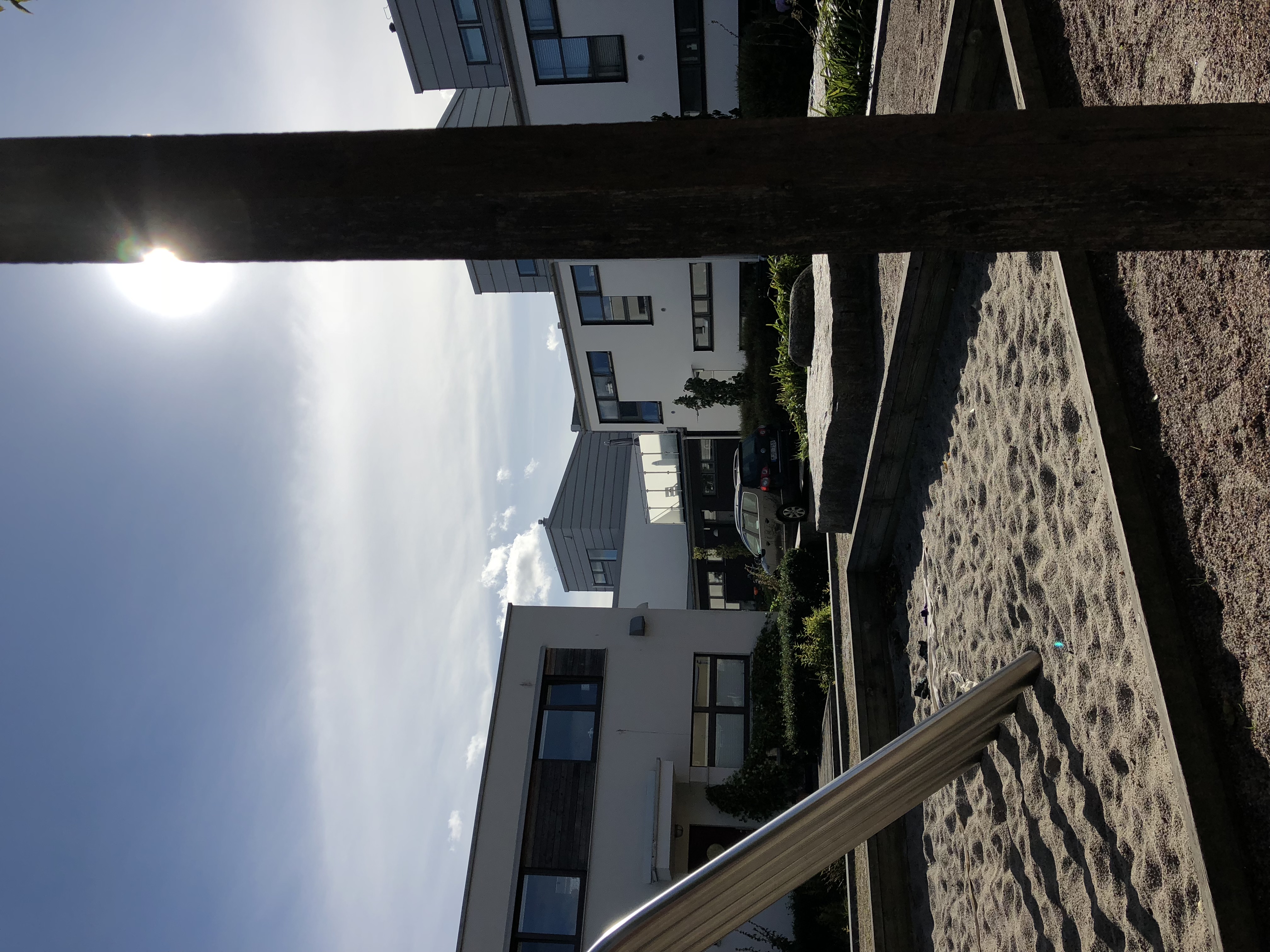
Uploaded on 2019-02-02 by Filippa Malmgren
Step 1: Gothenburg, Copenhagen, Stockholm, Oslo, Malmö, Uppsala Step 2: Efficient infrastructure, green spaces, lower noise, sustainability, education/work opportunities Step 3: I live in Malmö, a city which is very livable. The network of infrastructure includes a train station, bus stops, boats, trams and recently, electric bikes available to rent per minute through an app on your phone. There are always green spaces in Malmö, even in the high-density urban areas, so parks and waterways are main features of city planning. The noise is generally lower in town, with pedestrian-only areas, and oftentimes it is easier to get by with bike, further reducing the noise. Recently, the university expanded into several buildings, offering more opportunities for the flow of people. To become more sustainable, the city needs to expand - for now it meets all its demands as its on the smaller side, but evolving into a bigger city - expanding the urban centre - will create more opportunities for the city to become the green, livable and resilient future city it can be.